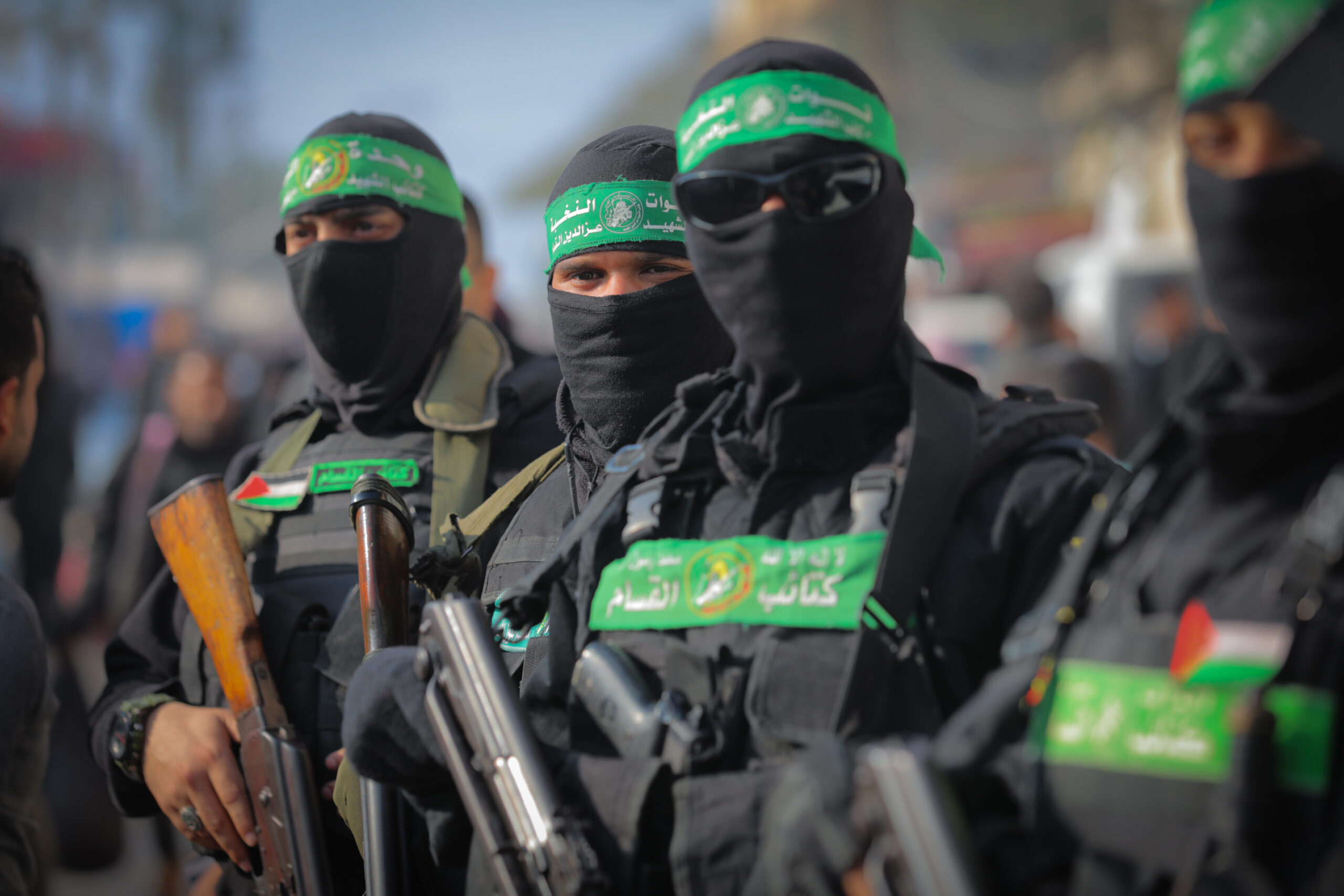Over the weekend, major media outlets announced that Hamas had accepted President Trump’s 20-point Gaza plan, “with conditions.” The headlines, as well as Trump himself, heralded it as a turning point: hostages would come home, the war would end, reconstruction would begin. In reality, Hamas has not agreed to the plan at all, but framing their response as agreement has bought them more time and leverage as they try to retain control of Gaza.
The Trump plan is fundamentally a roadmap for Hamas’s removal: full release of hostages, disarmament, exile of leadership, and reconstruction of Gaza under moderate Arab and U.S. supervision. Its underlying logic is simple: peace and security can only come when Hamas is dismantled.
Yet in their official response, Hamas redefines the deal. They say they will “release Israeli hostages … according to the exchange formula contained in President Trump’s proposal, with the necessary field conditions.” Meaning that they agree to the numbers of hostages and terrorist prisoners to be exchanged. As for those “necessary field conditions,” they are undefined — leaving room for negotiations and delays.
Trump’s plan demands that all hostages (living and dead) be freed within 72 hours of Israel’s public acceptance. Israel accepted the plan early in the week. Yet Hamas waited days and then inserted conditions. Among them: hostage release only after Israel’s full withdrawal from Gaza, as stated by senior Hamas figure Musa Abu Marzouk on Al Jazeera on Friday.
That demand is incompatible with the Trump framework. The plan does not call for an immediate Israeli exit; instead, it ties withdrawal to security milestones. Israel would withdraw gradually as a new International Stabilization Force (ISF) assumes control, leaving a final perimeter until stability is assured.
Here is the crucial point: the ISF has not even begun to be formed. No members have been named, no command structure agreed upon, no deployment timeline established. In other words, the security mechanism that is supposed to replace the IDF’s presence does not yet exist. Meaning that it will be months, at least, until the IDF surrenders security control of any of Gaza it currently holds. Any suggestion that Israel withdraw beyond the bare minimum needed to facilitate the release of hostages is not only premature — it contradicts the plain text and intent of Trump’s plan.
Clause Six of Trump’s proposal offers Hamas a stark choice: disarm and commit to peaceful coexistence, or leave Gaza under safe passage. Either way, Gaza must become demilitarized. But Hamas leaders have publicly rejected that premise.
In that same Al Jazeera appearance, Marzouk stated that “We will only give up our weapons once there is a Palestinian state.” Yet, in the original 20-point plan, Palestinian statehood appears at the very end — after Hamas is gone, Gaza is rebuilt, and the reforming of the PA has happened. Hamas’s demand for a state first, disarmament later is a rejection of the entire premise and path forward the Trump plan describes.
Now the real test lies with Israel, the U.S., and Arab guarantors. They must refuse to renegotiate the essential terms — or risk this deal becoming yet another temporary ceasefire in disguise. There must be clarity: no loopholes, no language that allows Hamas to remain armed or in control.
Egypt, Jordan, and the Gulf states are especially critical. They have influence over Hamas. If they genuinely intend Gaza’s normalization and peace, they must enforce — not water down — the terms. They must insist Hamas release all hostages, lay down all weapons, and depart power.
The negotiation is not with Hamas as an equal partner. It is a demand for surrender written in diplomatic language. If we treat Hamas’s conditional “yes” as a breakthrough, we will find ourselves back at war again. many in the West are still willing to listen.
Rabbi Pesach Wolicki is the Executive Director of Israel365 Action.





